Co-authored by Kristen Golden Testa, Director of the California Health Program, The Children’s Partnership
The new Congress is underway and leaders want to prove they are in Washington to get things done. One major opportunity is to take the steps needed to continue our country’s solid progress in reaching all children with health coverage, and build upon the historical bipartisan support to achieve this goal. Over the last several decades, the U.S. has made impressive strides in securing health coverage for our children. And 2015 is a pivotal year because Congress faces decisions that will determine whether this steady progress continues or kids lose ground. Given the crucial role, the current children’s health insurance coverage options all play in improving children’s access to health care across the nation, it’s imperative that our new Congressional leaders make sure they continue.
In 2014, the uninsured rate for children was estimated to be 7.3 percent for the nation. In 1997, when the Children’s Health Insurance Program (CHIP) was passed, the uninsured rate for children was 14 percent. Cutting the children’s insurance rate nearly in half is real progress on a critical issue that has significant societal impacts that reach far beyond health care. We know for instance, that children with health insurance do better in school. Recent studies also suggest that giving kids access to health coverage boosts their future earnings for decades, therefore increasing their future income tax contributions and helping to pay back the government for some of its investment. Our children’s health affects everyone and there are few better investments we can make as a society than ensuring our kids have access to health care.
Three major national health insurance coverage options — CHIP, Medicaid, and the Affordable Care Act (ACA) marketplace — have played a vital role in getting us to 93 percent of our children insured. Since it was passed with bipartisan support, CHIP has provided health coverage to 8.4 million children. However, its funding is set to expire in October of this year and needs to be extended as soon as possible. Last session, Congress failed to take steps to fund the program despite urgency from state legislators and governors who need to know for their own budget planning whether federal funding will continue. As noted by Utah’s governor, states will need certainty about CHIP funding well in advance of their state budget cycle. Not to mention, nearly three-fourths of likely voters support the extension of CHIP funding. To help governors and state legislators do their job right and to meet the needs of constituents, Congress should fund CHIP by March at the very latest. Millions of children will be at risk of losing affordable health insurance if Congress fails to take action in a timely manner.
In addition to crucial CHIP coverage, Medicaid is a foundational insurance program for children that has been providing comprehensive child-tailored coverage for 28 million children nationally. Congressional leaders have suggested that they will move the budget reconciliation bill this year, and if last year’s House budget resolution is any indication, Congress may propose major Medicaid cuts and fundamentally alter its structure in a manner that could put state budgets and the millions of Medicaid children who rely on them at risk.
Finally, the ACA has significantly expanded access to health coverage and built on the efforts of CHIP and Medicaid. The ACA not only made children’s health coverage more affordable for many families, but it also offered opportunities to cover parents. This is critical because when a parent is covered, we know their children will more likely be enrolled too. Not surprisingly, the ongoing outreach and enrollment efforts spurred by the ACA have led to further progress for children’s coverage. The ACA is showing unprecedented results and needs to be protected by the new Congress; otherwise, many children and families will be at risk of losing subsidies for their marketplace insurance and unable, then, to afford coverage.
This Congress will be watched by constituents across the country who expect their elected officials to protect children. The number — 7.3 percent uninsured children — represents the starting point for the 114th Congress. The question is, will we, by the end of the year, have made further progress for the health of our children or go backwards? Will more children have affordable health insurance or will fewer? We need to continue to fund and support the current insurance coverage options that have demonstrated improvements in children’s health. It is imperative that our state leaders and advocates continue to pressure Congress to act.
Children’s health care is an issue that impacts everyone. In the current economy, there’s no excuse for a backwards slide — no child should be worse off or lose coverage in the upcoming year. With congressional support and action on both sides of the aisle, states can continue to make progress towards ensuring America’s health insurance system works for all our children- an outcome supported by Americans of all political stripes.
